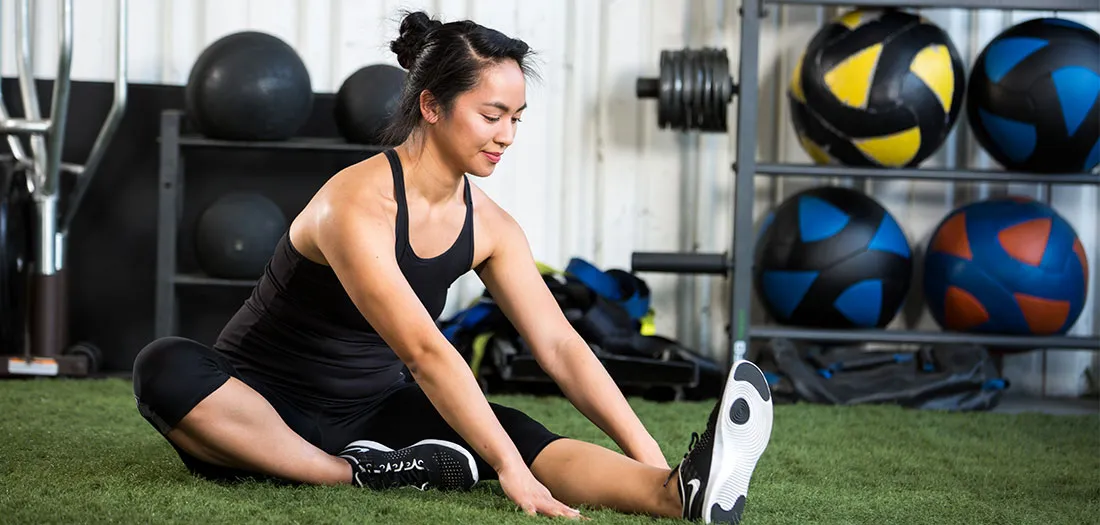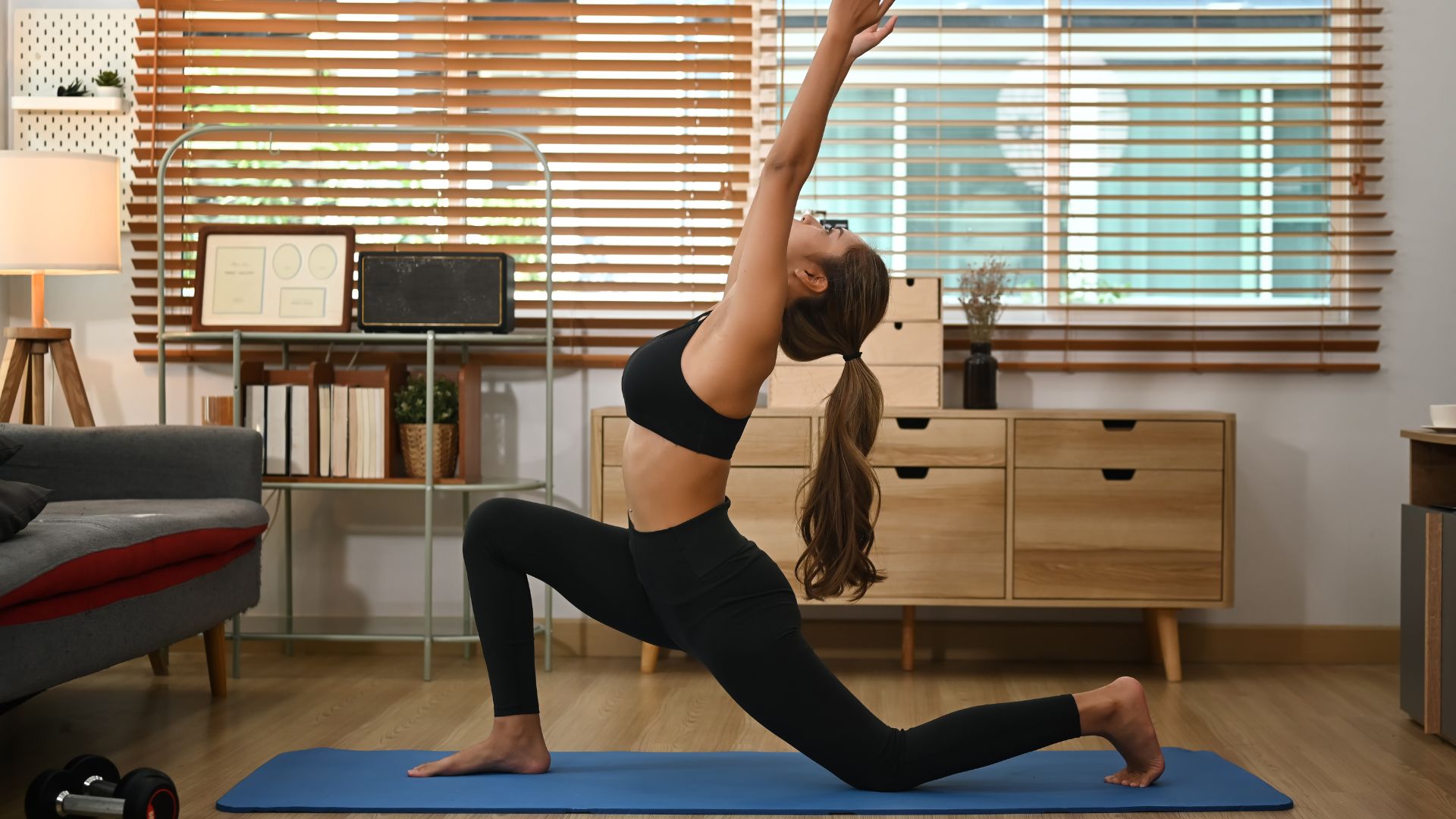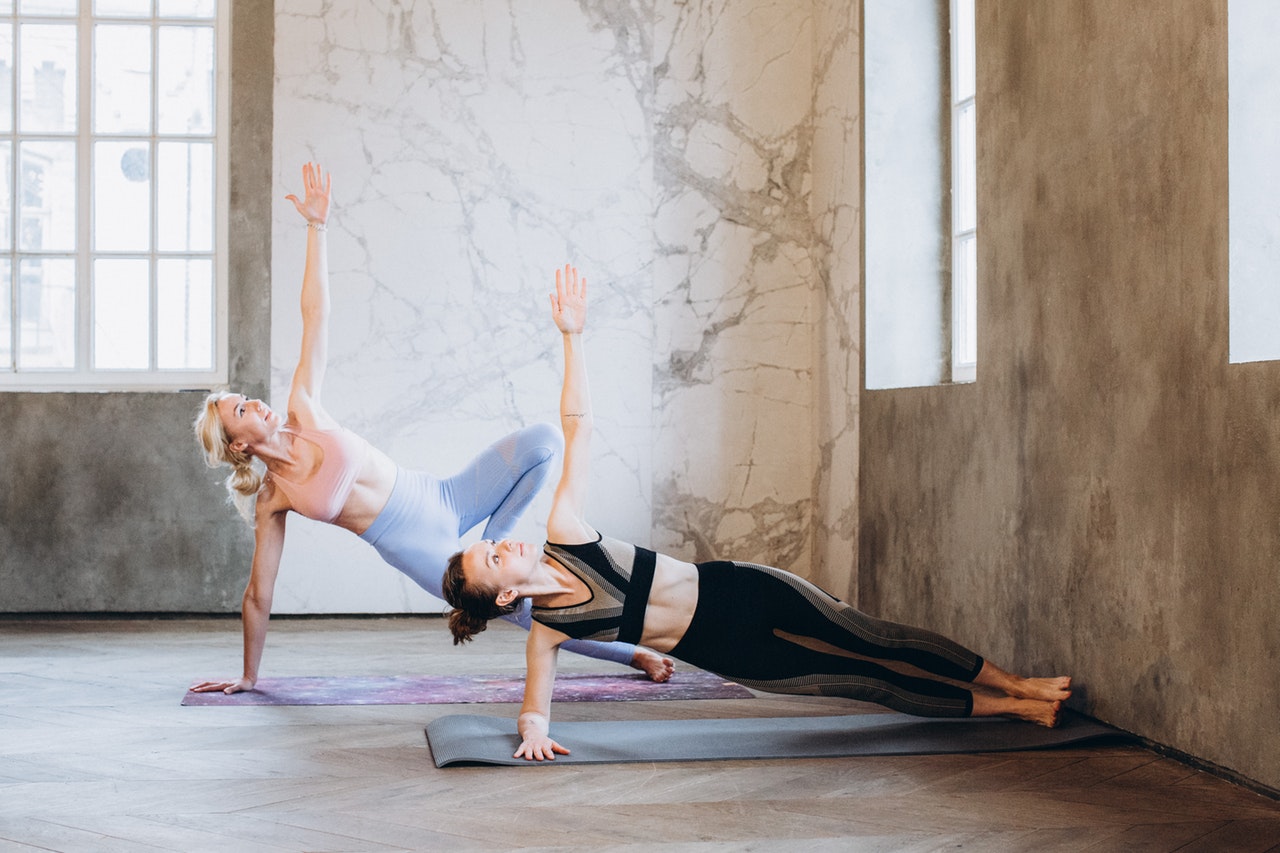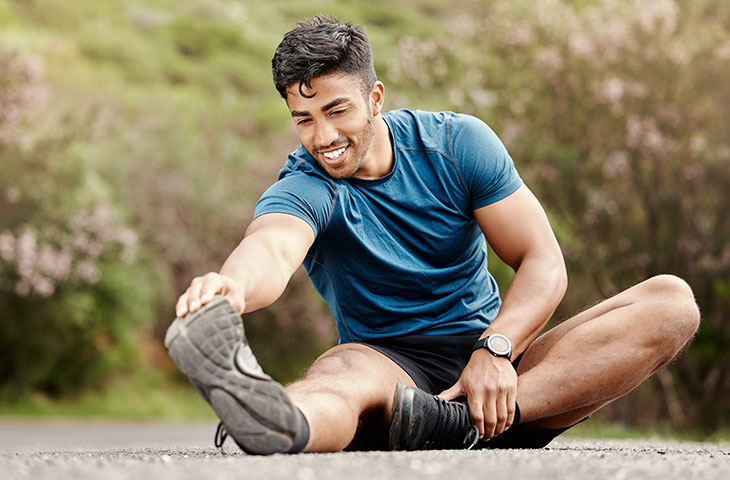Hey there, picture this: It’s a crisp Saturday morning, and I’m fumbling around in my kitchen, trying to reach the back of the bottom shelf for that dusty bag of quinoa I swore I’d use for meal prep. My back twinges, my hamstrings feel like they’re plotting a rebellion, and suddenly I’m that guy who looks like he’s auditioning for a bad comedy sketch. Sound familiar? Yeah, me too—until I started making stretching a non-negotiable part of my day. Over the years, as someone who’s juggled desk jobs, weekend hikes, and the occasional ill-advised pickup basketball game, I’ve learned the hard way that flexibility isn’t just for yogis or gymnasts. It’s the secret sauce to moving through life without feeling like a rusty tin man. In this piece, we’ll dive deep into why building flexibility through stretching can transform your body, mind, and even your mood—backed by real science, personal mishaps, and a few laughs along the way.
Stretching isn’t some trendy fad; it’s a foundational habit that keeps your muscles pliable and your joints happy. Think of it as giving your body a daily oil change. Without it, those everyday motions—like bending to tie your shoes or chasing after a rogue toddler—turn into mini battles. I’ve chatted with physical therapists and pored over studies from places like Harvard Health and the Mayo Clinic, and the consensus is clear: regular stretching boosts your range of motion, eases tension, and sets you up for fewer aches down the road. But it’s not about forcing splits overnight; it’s about small, consistent wins that add up. Stick with me, and by the end, you’ll have a toolkit to start your own flexibility revolution.
What Exactly Is Flexibility and Why Does It Matter?
Flexibility is basically your body’s ability to move joints through their full range without pain or restriction—think smooth swings in golf or effortless reaches for high shelves. It’s not about being bendy like a pretzel; it’s about functional freedom that keeps you agile as life throws curveballs. From my own trial-and-error days, I remember ignoring it during my early 30s office grind, only to end up with a nagging lower back pull from something as simple as sneezing wrong. Turns out, poor flexibility can sneak up on anyone, especially if you’re glued to a screen or pounding pavement without balance.
The real kicker? Flexibility ties directly into your overall health blueprint. Studies from the American Heart Association show it supports everything from better posture to injury dodges, making daily tasks feel less like chores. Without it, muscles tighten like overused rubber bands, limiting motion and inviting strains. But here’s the good news: It’s trainable at any age, and the payoffs ripple out—fewer doctor visits, more energy for fun stuff. If you’ve ever felt that post-sit stiffness, you know it’s time to prioritize this underrated superpower.
The Science Behind Stretching: How It Actually Works
At its core, stretching tweaks your muscles and nervous system to handle more extension without freaking out. When you stretch, you’re not yanking fibers longer like taffy; instead, you’re retraining your brain’s “stretch reflex”—that protective snap that says, “Whoa, too far!” Over time, consistent pulls convince it to chill, expanding your safe range. I geeked out on this reading up on neural adaptations in journals like the International Journal of Sports Physical Therapy, and it clicked why my morning routines started feeling looser after a few weeks.
Research paints a vivid picture: A meta-analysis in the Journal of Science and Medicine in Sport crunched data from dozens of trials and found static stretching—holding a pose—boosts range of motion by up to 10-15% in just 2-4 weeks. It’s like negotiating with your body: “Hey, this isn’t a threat; let’s expand the playground.” But it’s nuanced—too aggressive, and you risk irritation; done right, it enhances blood flow and tissue elasticity. No wonder Harvard Health calls it essential for keeping muscles “long, lean, and flexible.” For me, understanding the why turned stretching from a chore into a smart investment.
Static vs. Dynamic Stretching: Picking Your Style
Static stretching is the classic hold-and-breathe move, like reaching for your toes and chilling there for 30 seconds. It’s gold for post-workout cooldowns, as it deeply lengthens tissues and calms the nervous system. Dynamic, on the other hand, involves controlled swings or marches—think arm circles or leg kicks—to mimic real movement and prime your body.
Both shine in different lights: Studies in the Journal of Strength and Conditioning Research show dynamic preps you for action without the temporary power dip static can cause. I mix them now—dynamic to wake up, static to wind down—and it’s like oiling my joints differently for the day’s demands.
Top Benefits of Stretching: More Than Just Touching Your Toes
Stretching delivers a cascade of wins that go way beyond bendiness. From sharper focus to fewer ouch moments, it’s a multitasker for wellness. Let’s break it down with some eye-openers from the research trenches.
Boosted Range of Motion and Injury Prevention
Ever twist wrong picking up groceries and regret it for days? Stretching widens your motion window, slashing strain risks. A review in the British Journal of Sports Medicine analyzed over 100 studies and found regular stretchers cut injury odds by 20-30%, especially in runners and team sports folks. It’s not foolproof—life’s unpredictable—but it stacks the deck.
Personally, after tweaking my ankle on a trail run last year, adding targeted calf stretches turned recovery into prevention. No more hobbling; just smoother strides.
Stress Relief and Better Posture
Tight shoulders from Zoom calls? Stretching melts that cortisol knot, signaling your brain to downshift. Healthline cites studies linking 10 minutes daily to lower anxiety levels, as it floods muscles with oxygen-rich blood. Plus, it realigns your posture—Harvard notes elongated chest and hip flexors pull you upright, banishing that slouch.
I laugh now at my pre-stretch self, hunching like a question mark over my laptop. A quick pec opener mid-morning, and suddenly I’m sitting taller, feeling lighter. It’s like therapy without the couch.
Enhanced Circulation and Faster Recovery
Stretching pumps blood like a gentle massage, flushing out lactic acid buildup. The American College of Sports Medicine reports improved flow cuts post-exercise soreness by 25%, speeding bounce-back. For chronic sitters like me, it’s a circulation savior against numb legs.
After heavy lifts, I roll into a hamstring hold, and that warm rush feels like my body’s high-five. Science backs it: Better delivery means nourished tissues and quicker heals.
| Benefit | How Stretching Helps | Real-World Perk |
|---|---|---|
| Range of Motion | Expands joint freedom via neural tweaks | Easier gardening or playing with kids |
| Injury Prevention | Reduces muscle imbalances | Fewer tweaks during hikes or sports |
| Stress Relief | Lowers tension hormones | Calmer vibes after a chaotic day |
| Circulation Boost | Increases blood/oxygen flow | Less fatigue, quicker workout recovery |
| Posture Improvement | Lengthens tight spots | Stand taller, less back grumbles |
Myths Busted: Separating Stretching Fact from Fiction
We’ve all heard the tall tales—stretching before runs prevents pulls, or it turns you into a human rubber band overnight. But let’s clear the air with a pros/cons showdown, drawn from evidence like the Pain Science review that debunks hype.
Myth: Stretching Prevents All Injuries
Fact: It lowers risks but isn’t a shield. A Cochrane review of 12 trials found no blanket protection, especially pre-exercise static holds—they might even sap power short-term.
Pros: Builds resilience in daily moves. Cons: Over-reliance skips strength work, the real injury boss.
I bought the myth hook, line, and sinker until a pulled hamstring mid-game. Lesson? Balance it with warm-ups.
Myth: More Stretch Time Equals Faster Gains
Fact: Quality trumps quantity. PMC studies show 30-60 seconds per hold yields ROM jumps, but hours don’t accelerate—patience wins.
Pros: Steady progress feels rewarding. Cons: Pushing too hard invites strains or burnout.
My early overzealous sessions left me sore; now, mindful minutes pack more punch.
Myth: Stretching Lengthens Muscles Permanently
Fact: It’s mostly neural tolerance, not fiber growth. Live Science explains muscles attach fixed to bones—no eternal spaghetti arms.
Pros: Quick feel-good extensions. Cons: Gains fade without consistency.
Humor alert: I once chased “longer hammies” like a fool’s gold rush. Turns out, smart holds build lasting ease.
| Myth | Fact | Pro/Con Balance |
|---|---|---|
| Prevents All Injuries | Lowers risk, not eliminates | Pro: Confidence booster; Con: Ignores holistic training |
| Instant Permanent Length | Neural adaptation over time | Pro: Motivational early wins; Con: Requires habit-building |
| Must Hurt to Work | Mild tension is key | Pro: Sustainable fun; Con: Pain signals stop signs |
Beginner-Friendly Stretching Routines: Start Simple, Stay Consistent
Jumping in? Keep it bite-sized—10-15 minutes daily beats sporadic marathons. Aim for 2-3 sessions a week, warming up with a brisk walk first. Focus on breath: Inhale to prepare, exhale into the stretch. From Mayo Clinic guides, consistency unlocks 10-20% ROM gains in a month.
My starter routine? A 5-minute flow: Neck rolls, shoulder shrugs, forward folds. It snowballed from there—no gym needed, just space and willingness.
A Quick 10-Minute Full-Body Routine
Start standing: Arm circles (10 each way) for shoulders. Drop to a lunge, hold 20 seconds per side for hips. Finish seated, legs wide, gentle forward lean. Repeat 2x.
This newbie staple hits majors without overwhelm. I do it post-coffee; it’s my “wake-up wiggle.”
Morning vs. Evening: Timing Tips
Mornings favor dynamic to shake off sleep stiffness—leg swings chase away that bed creak. Evenings? Static unwinds the day’s knots, prepping sweet dreams.
A study in the Journal of Bodywork and Movement Therapies found evening sessions amp sleep quality. Guilty as charged: My night wind-down now rivals chamomile.
- Neck Release: Tilt ear to shoulder, hold 20s/side—bye, desk hunch.
- Hip Opener: Pigeon pose mod (seated twist)—unlocks that “stuck” feel.
- Calf Stretch: Wall push, 30s/leg—for walkers’ relief.
Best Tools for Stretching: Gear Up Without Breaking the Bank
Tools amp your game, making reaches deeper and safer. From straps to rollers, they’re like training wheels for flexibility. I started skeptical—do I need gadgets?—but a simple strap turned my solo sessions pro-level.
Top Picks for Home Stretching
Foam rollers massage knots pre-stretch, boosting flow. Straps assist hamstring reaches; blocks prop yoga poses. Budget under $50 for starters.
After a roller session, my IT band thanks me—no more foam-fight grunts.
| Tool | Best For | Price Range | Why It Rocks |
|---|---|---|---|
| Yoga Strap | Hamstrings/Hips | $10-20 | Extends reach without strain |
| Foam Roller | Back/Legs | $15-30 | Self-massage magic |
| Yoga Block | Balance Poses | $10-15 | Mods for all levels |
| Resistance Band | Full-Body | $8-15 | Dynamic fun |
Where to snag them? Amazon for basics, or REI for durable outdoorsy vibes. For pro advice, check Mayo Clinic’s stretching guide.
Incorporating Stretching into Your Workout: Seamless Integration
Weave it in like threads in a tapestry—pre-run dynamics, post-lift statics. The key? Listen to your body; skip if inflamed. NASM pros say 5-10 minutes flanks workouts perfectly, enhancing performance without drag.
My hack: Pair it with podcasts—stretching becomes “me time,” not to-do.
Pre- vs. Post-Workout Strategies
Pre: Light dynamics rev engines. Post: Holds seal gains, aiding recovery.
A Scandinavian Journal of Medicine & Science in Sports trial showed this combo ups endurance 5-10%.
People Also Ask: Real Questions, Straight Answers
Pulled from Google’s “People Also Ask” on stretching benefits—these hit common curiosities.
Does Stretching Reduce Belly Fat?
Not directly—it torches zero calories like cardio does. But it pairs with core work to tighten and tone. A small study in the Journal of Physical Therapy Science linked yoga stretches to slight waist trims via better alignment. Pair with planks for real sculpting.
How Often Should You Stretch for Flexibility?
Twice daily, 10-15 minutes, per Harvard guidelines. Beginners: 3x/week. Consistency beats intensity—I’ve seen more from daily nudges than weekly epics.
Can Stretching Make You Taller?
Nope, it decompresses spine temporarily (up to 1cm post-session), but genetics rule height. It does improve posture, making you appear taller. My slouch fix added inches visually—magic without stilts.
Is Stretching Before Bed Good?
Absolutely—relaxes muscles, cuts insomnia. Brazilian research found 10 minutes pre-snooze boosted sleep depth by 20%. My ritual: Gentle folds, then lights out.
Does Stretching Help with Back Pain?
Often yes—for mild cases, via hip/hamstring relief. A 2020 Spine Journal meta-analysis showed 30% pain drops in chronic sufferers. Consult a doc for severe stuff; I swear by cat-cows.
FAQ: Your Stretching Queries Answered
Got lingering doubts? Here’s the scoop on real user questions I’ve fielded or seen popping up online.
Q: I’m over 50—too late to start stretching?
A: Never! AARP-backed studies show older adults gain 15-20% ROM in 8 weeks. Start gentle; my aunt ditched her “creaky” label at 62.
Q: What’s the best stretch for tight hips from sitting?
A: Figure-four: Lie back, cross ankle over knee, pull thigh in. Hold 30s/side. Desk warriors, this is your savior—loosens in minutes.
Q: Does stretching burn calories?
A: Minimal—about 50/hour—but it amps workout efficiency. Focus on it as recovery fuel, not fat-melter.
Q: How do I know if I’m stretching wrong?
A: Pain (not mild pull) means stop. Breathe steady; no bouncing. If unsure, film yourself or grab a Yoga International class.
Q: Can kids benefit from stretching too?
A: Yep—builds coordination, fights screen slump. Kid-friendly: Animal poses like downward dog. My niece’s “frog jumps” turned bedtime battles into giggles.
There you have it—your roadmap to a more flexible, feel-good you. Remember that kitchen fumble? These days, I glide for the quinoa like it’s no big deal, back to me and the world in sync. Stretching’s taught me life’s too short for stiff moves; it’s about flowing through with grace and a grin. Give it a go tomorrow—your body will thank you, one deep breath at a time. What’s your first stretch? Drop a note; I’d love to hear.




